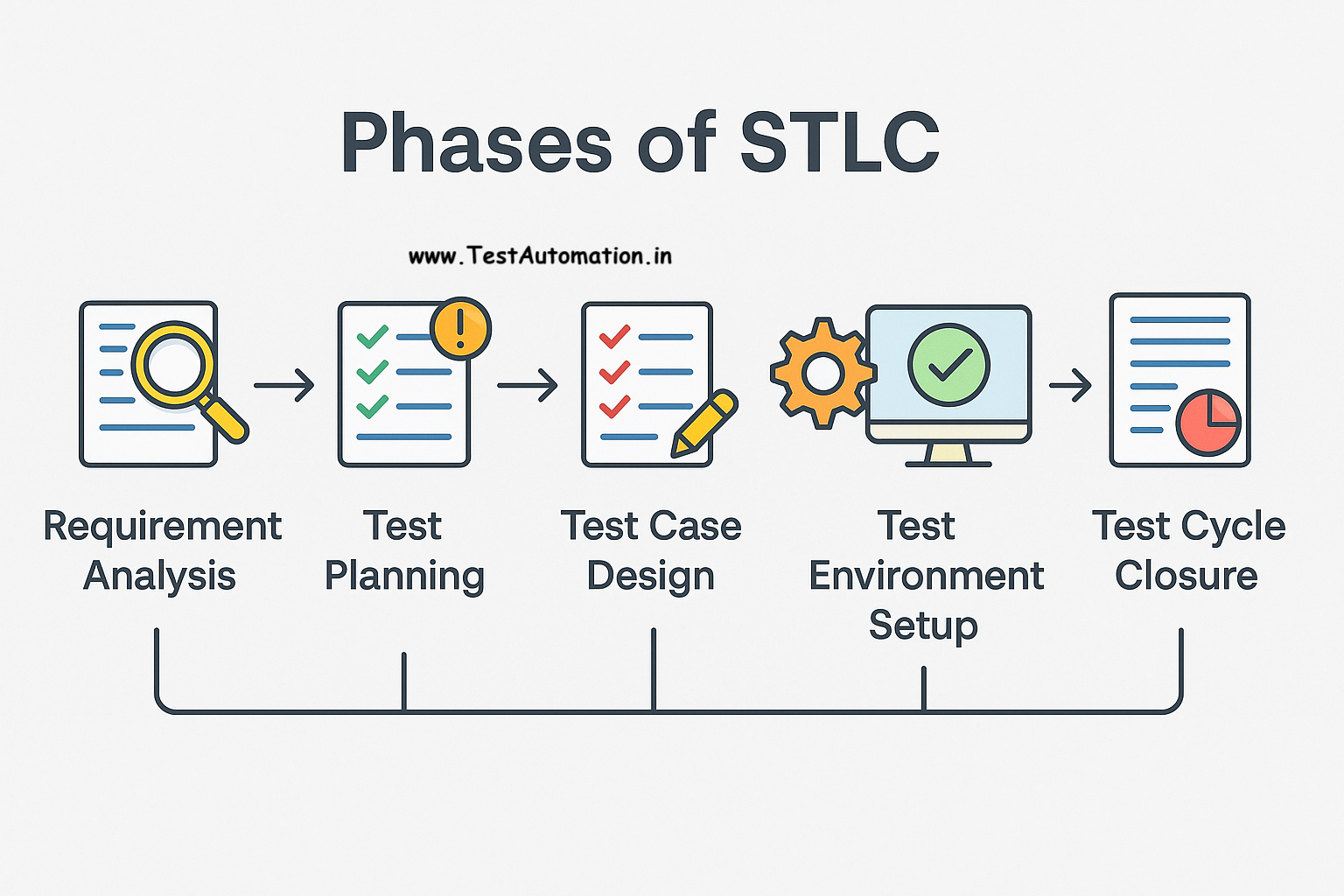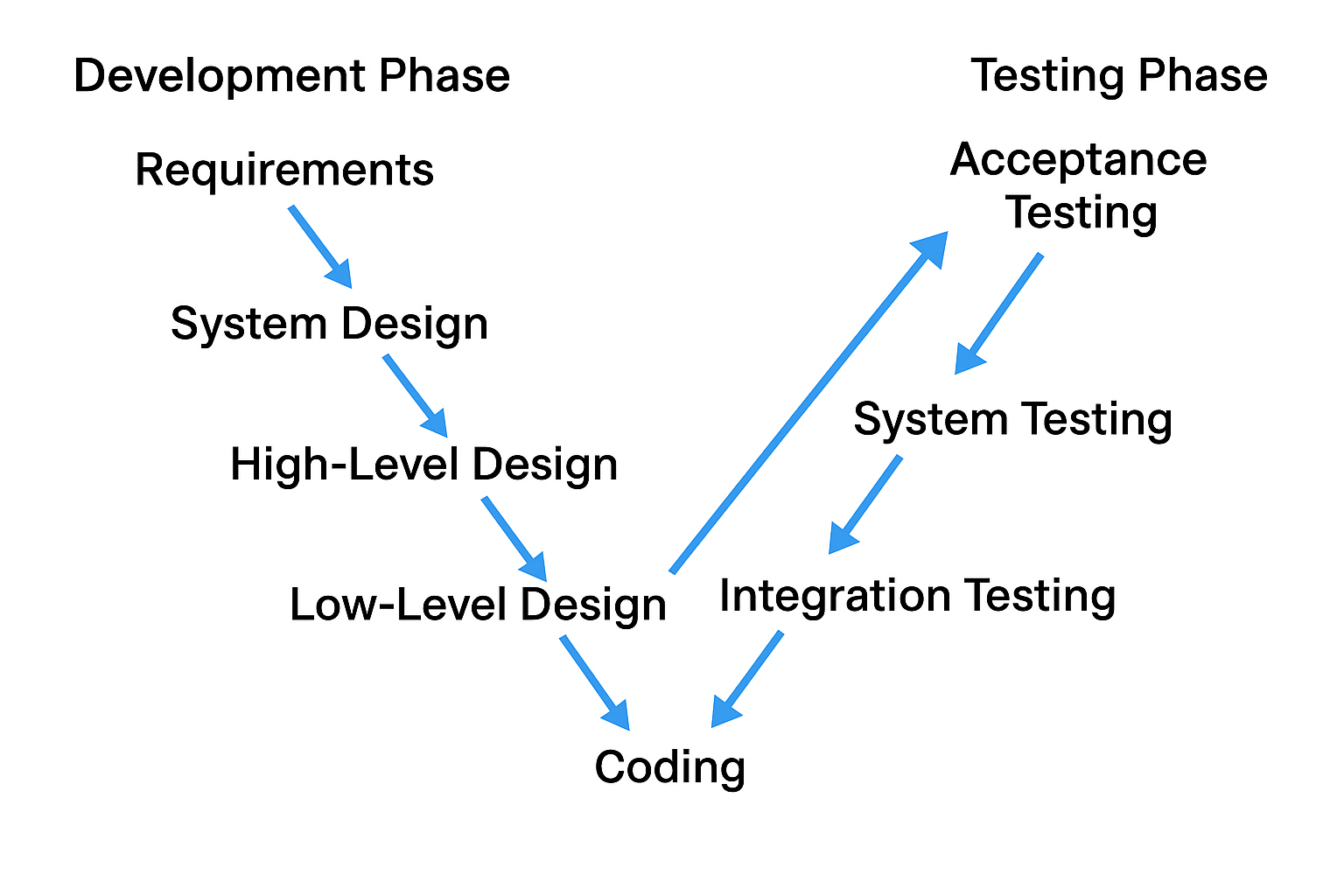
🌐 Understanding DevOps – A Beginner’s Guide
Let’s understand what DevOps is. It is a process that allows software development and other IT operations to work in a defined process. Instead of working individually in isolation. Here, all teams collaborate and work through the entire software lifecycle. It begins from planning, coding, testing, releasing, and maintaining.
🎯 Why DevOps?
In traditional setups, developers build applications and then hand them over to operations teams for deployment and support. This handover often leads to miscommunication, delays, and blame when something breaks.
DevOps aims to solve this by:
- Bringing both teams together
- Using automation to speed up manual tasks
- Encouraging frequent updates with minimal errors
Then what is the result? Software gets delivered faster, with fewer problems, and can adapt to changes more easily.
🔄 How DevOps Works Step-by-Step
The DevOps process is typically a continuous cycle involving:
- Planning – Here, understanding user needs and deciding what features to build.
- Development – Here, writing code and storing it in version control systems like Git is get done.
- Testing – Here, running automated tests to catch bugs early.
- Integration & Build – Here, combining code from different developers and ensuring it all works together.
- Release – Here, preparing and packaging the application for deployment.
- Deployment – Here, releasing the application to production environments, often automatically.
- Monitoring – Here, keeping an eye on system performance and errors.
- Feedback – Here, use of system logs and user input to improve future updates.
This loop repeats continuously, allowing for regular improvements.
🧩 Core Principles of DevOps
1. Collaboration
Developers, testers, and system admins work together from the beginning to avoid delays and confusion.
2. Automation
Tasks like testing, building, and deploying are automated. This speeds things up and reduces errors.
3. Continuous Integration (CI)
Developers regularly merge their code into a shared branch. This helps detect issues early.
4. Continuous Delivery (CD)
Every change goes through automated tests and can be released to users quickly if approved.
5. Infrastructure as Code (IaC)
Infrastructure (like servers and networks) is managed using code instead of manual setup, making it consistent and easy to replicate.
6. Monitoring and Logging
Real-time insights into system behavior help teams find and fix problems before users notice.
🔧 Common DevOps Tools
Here are some widely used tools in a DevOps workflow:
- Git: It us used For version control
- Jenkins/GitHub Actions: It us used for Automate CI/CD pipelines
- Docker: It us used for Package applications into containers
- Kubernetes: It us used for Manage containers across multiple machines
- Terraform: It us used for Automate infrastructure setup
- Prometheus/Grafana: It us used for Monitor and visualize performance metrics
These tools help teams build, test, and release software more efficiently.
✅ DevOps Benefits
Adopting DevOps brings several advantages:
- Faster delivery of features and fixes
- Early detection of bugs through automated testing
- Greater stability in live environments
- Improved collaboration between teams
- Quicker recovery in case something goes wrong
- Happier teams and users, thanks to more reliable software
🏁 Final Thoughts
DevOps is all about breaking down walls between development and operations. It focuses on building a strong culture of collaboration, automation, and continuous improvement. It’s not something you install — it’s a way of thinking and working.
To begin your DevOps journey:
- Step 1- Learn Git and basic scripting
- Step 2- Practice building CI/CD pipelines
- Step 3- Explore tools like Docker and Jenkins
- Step 4- Understand how monitoring and infrastructure as code work
As you grow in this field, you’ll learn how to make systems faster, more reliable, and easier to maintain.



